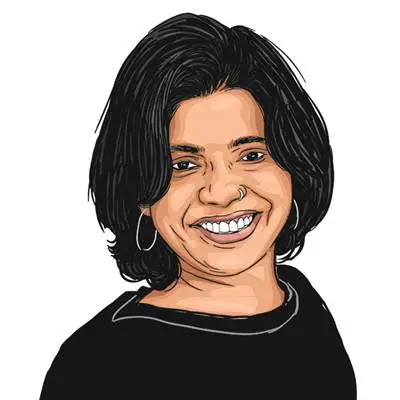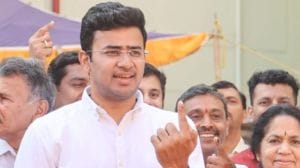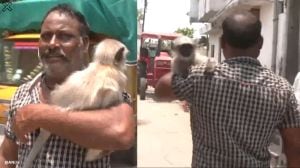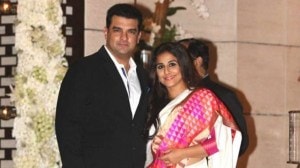- India
- International
All polls together: Which way does the vote swing?
PM Modi has backed simultaneous national, state and local body elections. Indian Express summarises the advantages and challenges of the proposal.
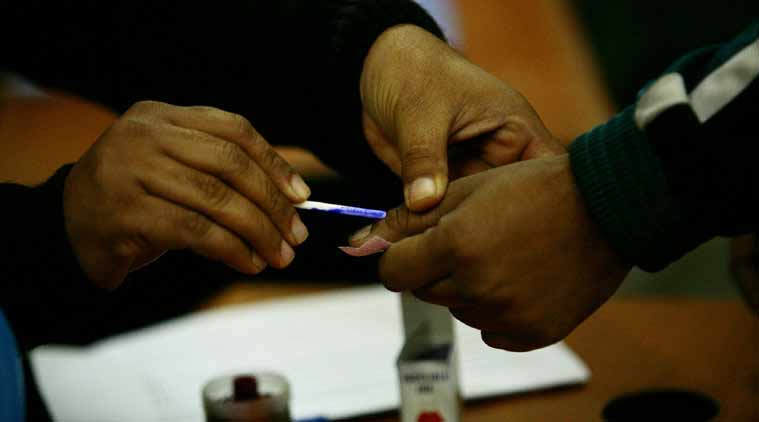 Simultaneous elections were held in 1951-52, 1957, 1962 and 1967. Premature dissolution of Assemblies resulted in the cycle getting increasingly disrupted and, in 1970, Lok Sabha itself was dissolved early.
Simultaneous elections were held in 1951-52, 1957, 1962 and 1967. Premature dissolution of Assemblies resulted in the cycle getting increasingly disrupted and, in 1970, Lok Sabha itself was dissolved early.
How did the idea of holding simultaneous Lok Sabha, Assembly and local body elections emerge?
In 1983, the Election Commission said “a stage has come for evolving a system… under which… elections to the House of the People and Legislative Assemblies are held simultaneously”. The Law Commission, headed by Justice B P Jeevan Reddy, said in its 170th Report in May 1999 that “we must go back to the situation where the elections to Lok Sabha and all the Legislative Assemblies are held at once”.
In December 2015, the Parliamentary Standing Committee on Personnel, Public Grievances, Law and Justice, in its report on the ‘Feasibility of Holding Simultaneous Elections to the House of People and State Legislative Assemblies’ recommended “an alternative and practicable method of holding simultaneous elections which involves holding of elections in two phases” — at the middle of the term of the current Lok Sabha, i.e. in November 2016, for some Assemblies, and at the end, i.e. in June 2019, for the rest. “Election to all state Assemblies whose terms end prior to or after a time period of six months to one year from the appointed election date can be clubbed together,” the panel said. It proposed that terms of current Assemblies be curtailed or extended to align with the new simultaneous elections cycle, and presented the proposal as a “representative table” in its report. (See chart right)
[related-post]
What is the argument for holding the Lok Sabha and Assembly polls together?
Simultaneous elections were held in 1951-52, 1957, 1962 and 1967. Premature dissolution of Assemblies resulted in the cycle getting increasingly disrupted and, in 1970, Lok Sabha itself was dissolved early. The Standing Committee noted that relief from frequent elections was “important for India if it is to compete with other nations in developmental agenda”.


Backers of the idea say it would cut costs — according to the House panel, “the cost of holding elections for Lok Sabha and Assemblies… has been pegged at Rs 4,500 crore by the ECI”. The money spent, including spends by parties and candidates, is several times more; the Centre for Media Studies estimated that an undeclared Rs 30,000 crore was spent on the 2014 Lok Sabha polls. Doing away with the several separate elections every year is likely to reduce expenditure substantially.
The Model Code of Conduct puts on hold all development programmes. Elections are huge disruptors of normal life — simultaneous elections would reduce disturbance from political rallies, etc., it is argued. It would free up large numbers of security personnel and other staff.
What do political parties think? How does this work in other countries?
The BJP has traditionally been keen on simultaneous elections. The Congress told the House panel that the idea was “impractical” and “unworkable”. The Trinamool rejected it as anti-democratic and unconstitutional, CPI and NCP said it was “not feasible”, but AGP and AIADMK backed it. The CPI(M) pointed to “practical problems”.
UK brought a law in 2011 fixing May 7, 2015 as election day, and voting on the first Thursday of May every fifth year. South Africa and Sweden hold national and provisional elections simultaneously every five years.
How can India start holding simultaneous elections, should it so desire?
It would need a constitutional amendment, for which there should be unanimity on the proposal. The Election Commission has suggested that the term of Lok Sabha could commence and expire on predetermined dates and, to avoid premature dissolution, no-confidence motions should be moved simultaneously with a confidence motion for the individual hoping to be the next PM. If the House is still dissolved, the President can run the government for the rest of the term – or, if that period is long, fresh elections can be held for a House whose life would be only of that length.
Assemblies can, as a one-time measure, be extended or curtailed to align their elections with the Lok Sabha cycle. A senior EC official told The Indian Express that the EC has also suggested that elections to state Assemblies be held within a three-month window around the Lok Sabha polls.
What could be the problems of holding simultaneous elections?
Purchasing Electronic Voting Machines (EVMs) and Voter Verifiable Paper Audit Trail (VVPAT) machines would cost Rs 9,284.15 crore, the EC told the House panel.
Critics say state and national elections are often fought on different sets of issues — and in simultaneous elections, voters may end up privileging one set over the other in ways they might not have done otherwise. This could lead to national issues being ignored, or, conversely, local issues being swept away by a national ‘wave’.
The Committee discussed synchronisation of voters’ lists with states for Panchayat polls, which are typically different from the ones with EC for other elections.
More Explained
EXPRESS OPINION
Apr 26: Latest News
- 01
- 02
- 03
- 04
- 05











